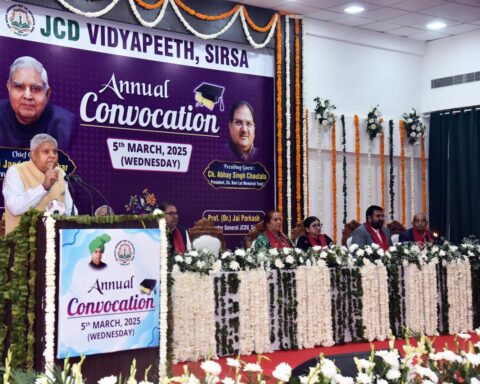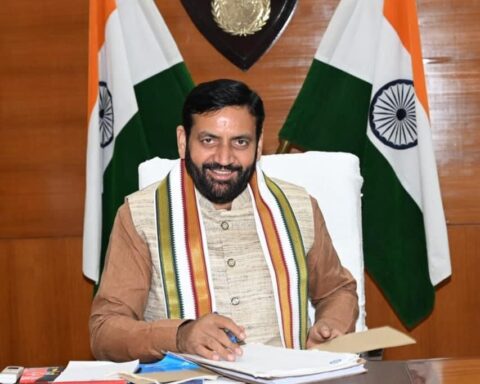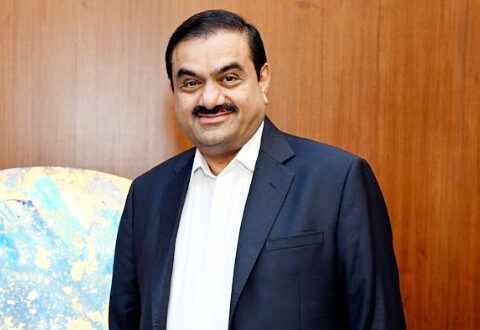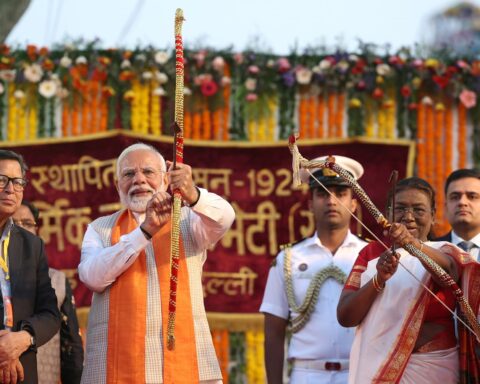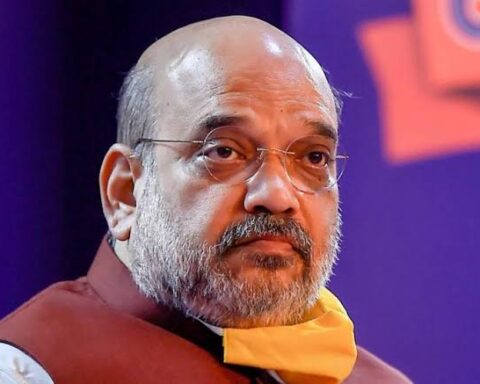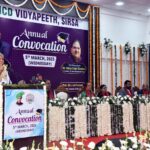New Delhi/ TNF
Haryana is gearing up for significant political changes as the state prepares for a proposed redistricting of its parliamentary and assembly constituencies. Following the upcoming elections in 2024, the new boundaries will come into effect in 2029, increasing the number of Lok Sabha constituencies from 10 to 14 and the assembly seats from 90 to 126.
The Delimitation Commission, which reviews electoral boundaries every ten years, has received numerous requests for adjustments to the number of seats and their reservations. Currently, two Lok Sabha seats, Ambala and Sirsa, are reserved, while 17 of the 90 assembly seats are designated for Scheduled Castes.
The newly proposed redistricting will see several districts merged into single Lok Sabha constituencies, which may also affect the composition of assembly seats. Haryana Assembly Speaker Gyan Chand Gupta has officially communicated with Lok Sabha Speaker Om Birla about the necessity of a new assembly building, indicating the expected increase in assembly seats. The current assembly building accommodates only 90 legislators, while Haryana and Punjab are embroiled in disputes over shared facilities, with Punjab holding onto over 30 rooms belonging to Haryana.
The existing Lok Sabha seats in Haryana span two to four districts, resulting in varied political dynamics across neighboring areas. This complexity often leads to surprising election outcomes, as political equations differ between districts. For instance, urban and rural populations within assembly constituencies have increased, leading to calls for adjustments to better represent constituents.
The new boundaries are expected to reserve three of the 14 Lok Sabha seats and approximately 25 of the 126 assembly seats for specific categories. While the upcoming elections in 2024 will not be influenced by these changes, the political landscape will be dramatically different by 2029, affecting current legislators and their chances of reelection.
Moreover, the 2029 Lok Sabha elections could see a shift from the current 543 seats to about 750, following a national census projected for 2027. This redistricting aims to empower women, with one-third of the seats reserved for them under the proposed Nari Shakti Vandan Act.
The proposed changes will also likely create separate assembly constituencies for areas like Barwala and nearby villages, reflecting the growing need for local representation in Haryana’s evolving political landscape. As the state approaches these changes, residents and political leaders alike are anticipating how the new electoral map will reshape their political future.

